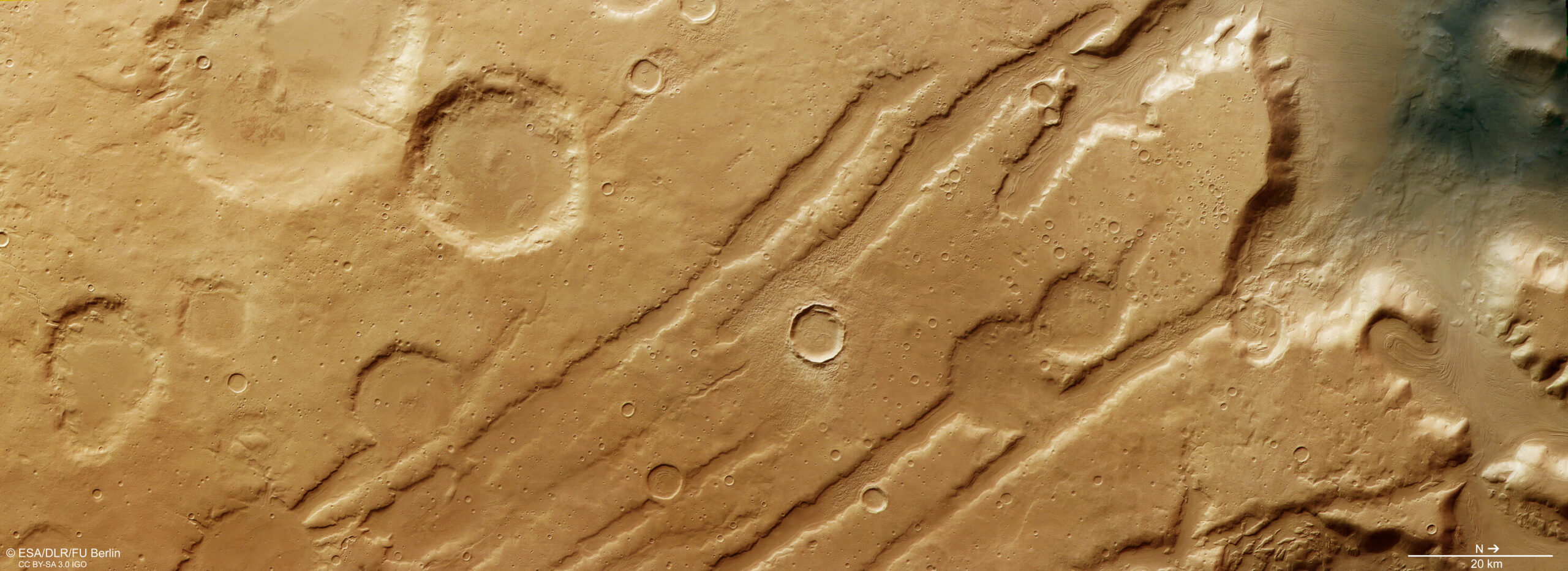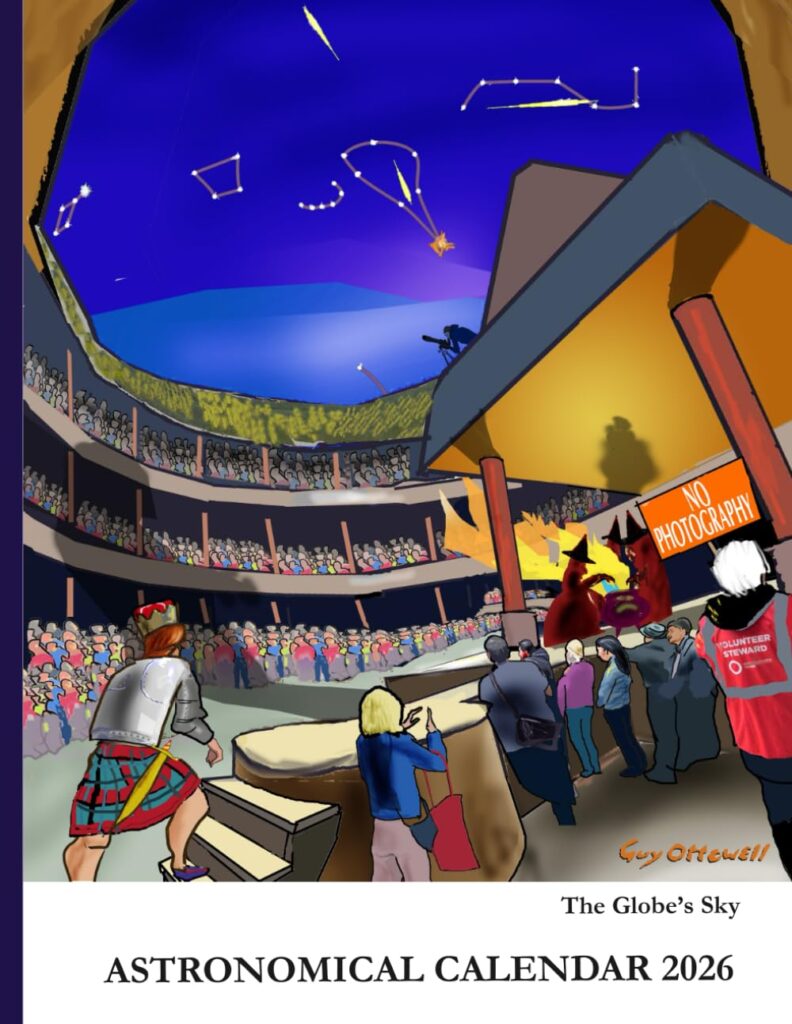Now Reading: Mars Ice Age Insights Revealed by Geological Discoveries in Coloe Fossae
-
01
Mars Ice Age Insights Revealed by Geological Discoveries in Coloe Fossae
Mars Ice Age Insights Revealed by Geological Discoveries in Coloe Fossae


As exploration of Mars continues to provide scientists with captivating insights into the planet’s past, a recent discovery in the Coloe Fossae region has revealed significant geological and climatic features. Located north of the Martian equator, this area showcases a series of intriguing linear formations intertwined with deep valleys and craters, hinting at a complex history of ice ages that parallels Earth’s own climatic changes.
Mars is not immune to ice ages; in fact, evidence suggests that the planet has experienced multiple transitions in temperature over its geological history. Over the last 2.5 billion years, Earth has undergone several ice ages, the most recent being around 20,000 years ago, when average temperatures plummeted to about 7-10 degrees Celsius, significantly cooler than today’s climate. These historical shifts on Earth are attributed to various natural factors, including fluctuations in its orbit and axial tilt, leading to expansive glaciers and ice sheets.
The patterns observed in Coloe Fossae were captured by the High Resolution Stereo Camera aboard the European Space Agency’s Mars Express. These formations, characterized by parallel lines and a variety of crater types—ranging from small and large to both well-defined and eroded—offer a window into Mars’s climatic past. The swirling patterns found on the valley and crater floors indicate that icy material once flowed across the surface, resembling glaciers on Earth.
Despite the current arid conditions on Mars, this region, located at 39 degrees north latitude, suggests that ice could have gathered here during earlier colder periods. The evidence indicates a cycle of glacial advance and retreat, influenced by changes in the planet’s tilt. Researchers posit that during colder epochs, ice extended from the polar regions into mid-latitudes, leaving distinct geological signatures as it retreated in warmer phases.
These lineated valley fills and concentric crater fills found throughout this latitude band strongly imply that Mars underwent significant climate shifts, with the possibility that this area was ice-covered as recently as 500,000 years ago. The broader implications of these findings suggest that Mars’s climate has undergone global changes, making evident the historic fluctuation between glacial and warmer periods.
The context of Mars’s northern and southern terrains is further illustrated through annotated images and topographic maps, which show a notable geological divide encircling the planet. This transition can vary dramatically, from towering cliffs to more subtly fragmented landscapes.
Data from the Mars Express spacecraft not only enrich our understanding of Martian geology but also enhance our comprehension of potential ice age dynamics on other planets. As scientists continue to analyze these findings, Coloe Fossae stands as a testament to Mars’s intricate environmental history and its potential parallels to Earth’s own climatic experiences.
Stay Informed With the Latest & Most Important News
Previous Post
Next Post
-
 012024 in Review: Highlights from NASA in Silicon Valley
012024 in Review: Highlights from NASA in Silicon Valley -
 02Panasonic Leica Summilux DG 15mm f/1.7 ASPH review
02Panasonic Leica Summilux DG 15mm f/1.7 ASPH review -
 03How New NASA, India Earth Satellite NISAR Will See Earth
03How New NASA, India Earth Satellite NISAR Will See Earth -
 04And Thus Begins A New Year For Life On Earth
04And Thus Begins A New Year For Life On Earth -
 05Astronomy Activation Ambassadors: A New Era
05Astronomy Activation Ambassadors: A New Era -
06SpaceX launch surge helps set new global launch record in 2024
-
 07From Polymerization-Enabled Folding and Assembly to Chemical Evolution: Key Processes for Emergence of Functional Polymers in the Origin of Life
07From Polymerization-Enabled Folding and Assembly to Chemical Evolution: Key Processes for Emergence of Functional Polymers in the Origin of Life




















